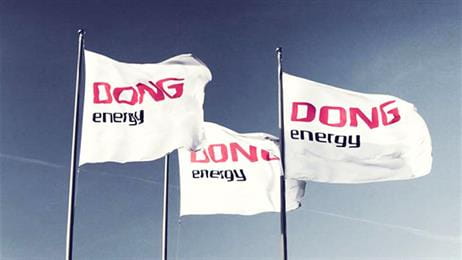At the time of the capital injection, the value of DONG Energy was on a par with the valuation of other European energy companies, corresponding to six to seven times the expected operating profit in 2013. This equated to a total value of the Group of approx DKK 81-95 billion. Less loans and borrowings, this resulted in a valuation of DKK 31.5 billion. In connection with the capital injection, two independent investment banks, Morgan Stanley and Danske Bank, carried out a valuation of DONG Energy and issued 'fairness opinions', which confirmed that the value was on a par with the market.
Project RED was a project developed by the Wind Power division in 2011, and which was considered four times by DONG Energy's Board of Directors in 2011 and 2012.
The project envisaged the demerger of DONG Energy's Wind Power division into a separate company and the injection of separate equity to support the future investment plans within offshore wind power. DONG Energy's Board of Directors concluded, however, that it would be more expedient to inject new equity into the DONG Energy Group as a whole, and therefore decided not to proceed with that part of the project.
The Board of Directors remained fully committed to the plans inherent in Project RED of expanding the DONG Energy Group's activities within offshore wind power, and this remains part of DONG Energy's strategy today. So the investment ideas behind Project RED have been fully realised, whereas the idea of divesting the wind division into a special company as part of Project RED was abandoned, and the capital was injected directly into DONG Energy instead. Financially, it thus does not make any difference.
Also, at the time of the preparation of Project RED, the plans for an expansion of the wind power business were not yet fully developed, nor had the necessary funding been allocated, and no final decision had been made. The value of the ideas had therefore not yet been realised, and consequently no investors were willing to pay the full price for the projects in connection with the capital injection.
As part of the process leading up to the capital injection, all interested investors were competing to offer the best price for the injection of new equity. All the bids received were submitted to the Finance Committee of the Danish Parliament, which confirmed that Goldman Sachs, ATP and PFA came up with the best bids, ie acquired the shares at the highest possible price for the Danish State.


